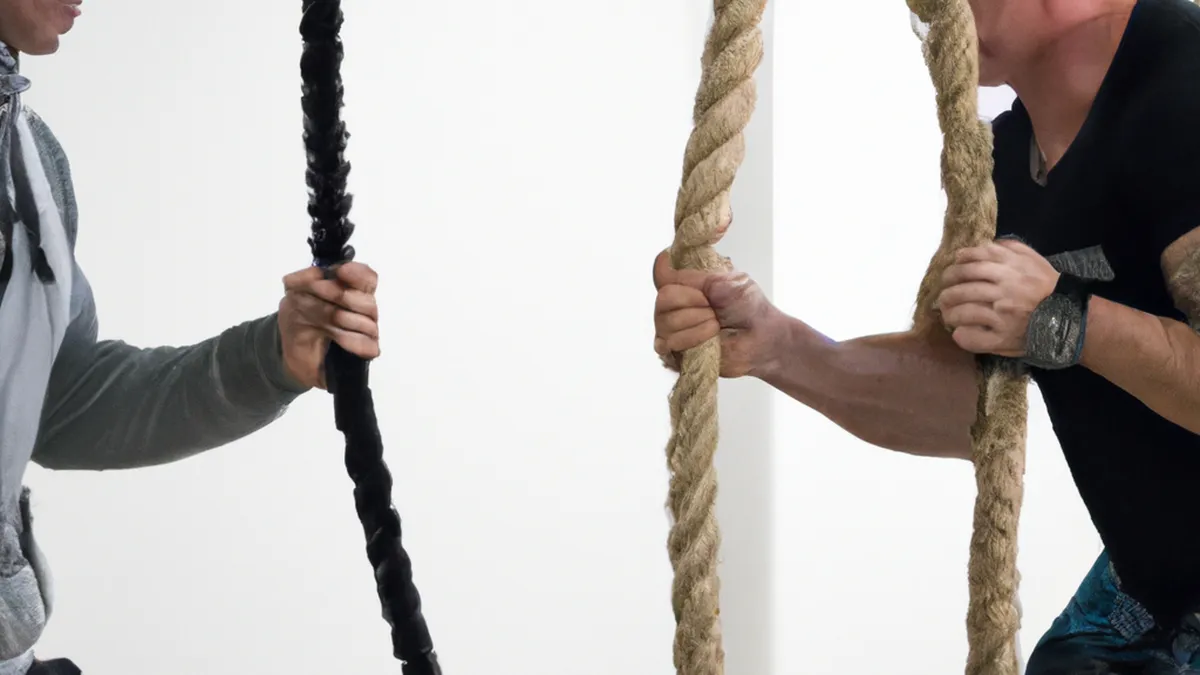Prevent Jump Rope Injuries: Key Tips
Common Injuries in Jump RopeJump rope offers a fun and effective workout. It enhances cardiovascular health, coordination, and agility. However, injuries can occur during this activity. Understanding common injuries helps you stay safe while exercising.
Common Jump Rope Injuries
Jumping rope can cause various lower body injuries. Here are the most common ones:
1. Ankle Sprains
Jump rope enthusiasts frequently sprain their ankles. They often sprain ankles by landing awkwardly. Sudden twists or turns can also cause sprains. To prevent them, focus on proper landing techniques and wear supportive shoes.
2. Achilles Tendonitis
Achilles tendonitis causes pain and inflammation in the tendon behind your ankle. Overuse or improper jumping techniques often lead to this injury. Gradually increasing your jump rope intensity can help you avoid this condition.
3. Knee Pain
Many jumpers experience knee pain from repetitive stress on the knee joint. Poor landing mechanics can worsen this issue. Strengthening exercises and practicing proper form can help reduce knee pain.
4. Shin Splints
Shin splints, a painful condition, affect the lower leg. Excessive impact on hard surfaces causes them. Jumping rope without proper warm-up can lead to shin splints. To prevent them, choose softer surfaces for workouts and include rest days.
Tips for Injury Prevention
As an Amazon Associate I earn from qualifying purchases.
Gear tip: consider jump rope, compression sleeves, and compression socks to support this topic.
Injury prevention during jump rope is crucial. Here are tips to help you stay safe:
Warm-Up Properly
Always warm up before jumping rope. A good warm-up increases blood flow to muscles. This practice enhances flexibility and reduces injury risk. Try leg swings and arm circles to prepare your body.
Use the Right Equipment
Invest in a quality jump rope that suits your height. A rope that is too long or short affects your technique. Additionally, wear supportive shoes to cushion your feet and ankles. Proper equipment significantly reduces injury risk.
Maintain Good Form
Focus on maintaining proper form while jumping. Keep your elbows close to your body and use your wrists to turn the rope. Aim for a few inches off the ground to minimize impact. This technique protects your joints.
Advice for Recovery
If you experience an injury, follow these steps for recovery:
Rest and Ice
Rest is essential for healing. Avoid jumping rope until you feel better. Ice the injured area to reduce swelling and pain. Apply ice for 15-20 minutes several times a day.
Consult a Professional
If pain persists, consult a healthcare professional. A physical therapist can provide tailored exercises and advice. They help you regain strength and flexibility safely.
Gradually Return to Jumping
When ready to return, do so gradually. Start with shorter sessions at lower intensity. Gradually increase duration and intensity as your body adapts. Listen to your body and stop if you feel pain.
Benefits of Jump Rope
Despite potential injuries, jump rope offers numerous benefits. Here are a few reasons to continue this activity:
Cardiovascular Health
Jump rope provides an excellent cardio workout. It elevates your heart rate and improves cardiovascular fitness. Regular sessions can reduce your risk of heart disease.
Weight Loss
Jumping rope burns calories efficiently. Thirty minutes of jumping can burn up to 300 calories. Incorporating jump rope supports your weight loss goals.
Improved Coordination
Jumping rope enhances coordination and timing. The rhythmic nature of the exercise develops better motor skills. Improved coordination benefits other physical activities and sports.
Conclusion
Jump rope is a fantastic way to stay fit and healthy. However, be aware of common injuries associated with this activity. By following injury prevention and recovery tips, you can enjoy jump rope’s benefits while minimizing injury risk. So grab your rope, warm up, and start jumping!
Below are related products based on this post:
FAQ
What are the common injuries associated with jump rope?
The most common injuries include ankle sprains, Achilles tendonitis, knee pain, and shin splints. These injuries often result from improper techniques, overuse, or excessive impact on hard surfaces. Understanding these risks can help you stay safe while enjoying the workout.
How can I prevent injuries while jumping rope?
Injury prevention can be achieved by warming up properly, using the right equipment, and maintaining good form. A proper warm-up increases blood flow and flexibility, while suitable shoes and a correctly sized jump rope enhance technique. Focusing on form also minimizes impact on your joints.
What should I do if I get injured while jumping rope?
If you sustain an injury, it is important to rest and ice the affected area to reduce swelling and pain. Consulting a healthcare professional can provide tailored recovery advice. Gradually returning to jumping, starting with shorter sessions, will help ensure a safe comeback.















Post Comment